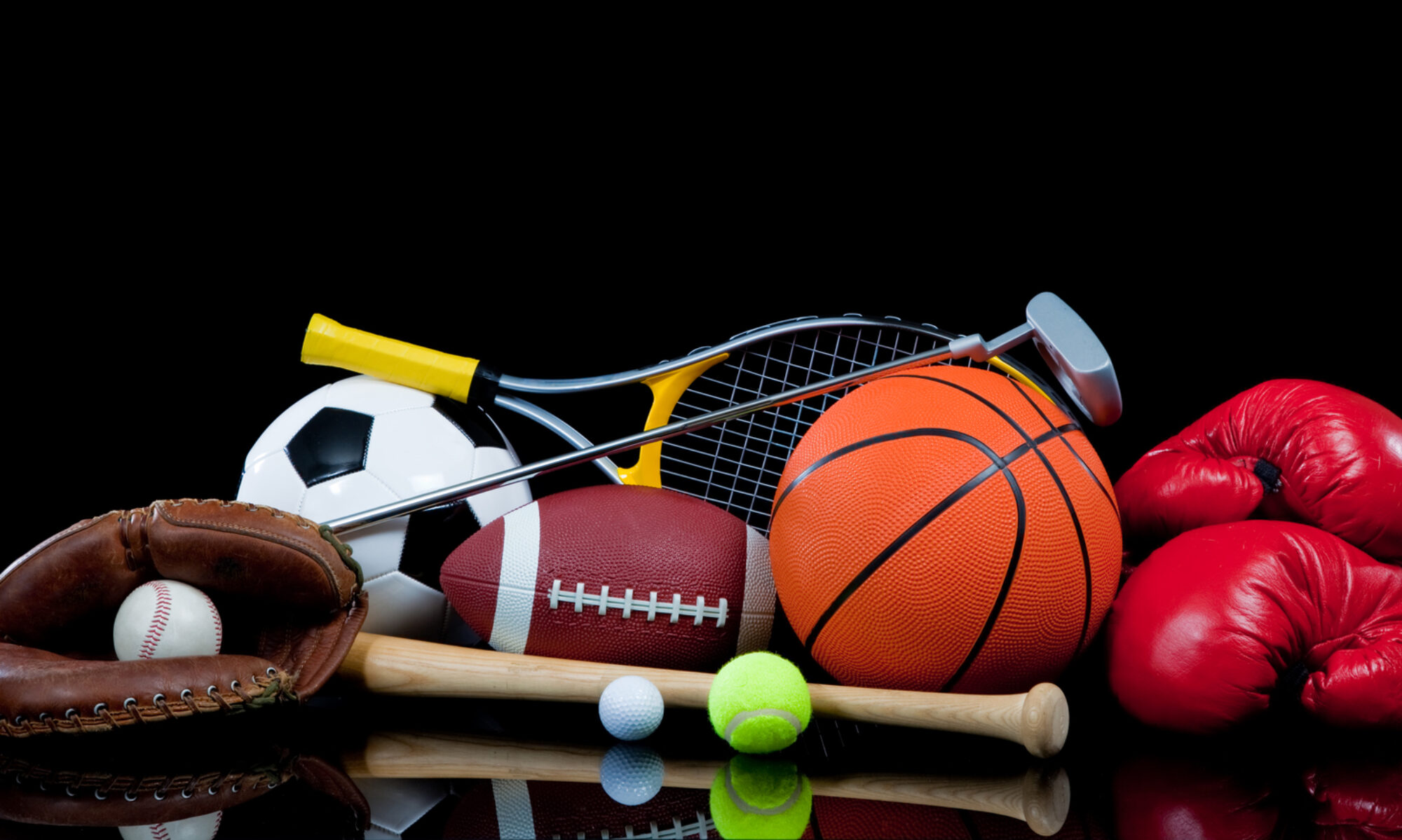There isn’t any doubt that the COVID-19 epidemic has had harmful consequences not just economically but also with mental health issues. It has pushed individuals to become far more ingenious and take steps to take care of those around them and themselves. One particular positive outcome of the epidemic could be the number of people who have adopted running as a means of fitness and to benefit mental health. Fairly recently, quite a few athletic shoes corporations are generally confirming about their greater sales while in the COVID-19 lockdowns.
On Global Running Day, 2nd June 2021, World Athletics put out a press release confirming this rise in interest in running. World Athletics commissioned an investigation from Nielsen’s. The survey was conducted in ten different countries. Neilsen’s found out that a large number of individuals have adopted running throughout the COVID-19 pandemic, and every one of those propose to maintain their running and the passion for it when the pandemic is over. They outlined how runners have increased their involvement along with the variety of health benefits that they gain from running. They found that today 4 in ten people consider themselves to be runners and thirty % of them run at least one day each week. Of most runners, 53% are men and 47% are women. This break up differs to what’s seen in a lot of various other sports activities. In addition, they learned that about a 5th of all runners run more often than they did earlier because of the COVID-19 lockdowns and the majority in that group say they are going to keep going more frequently once the pandemic is finished.
There are many advantages of running which are both mental and physical. One feature is referred to as a ‘runner’s high’. It has long been identified as starting with a “peace of mind and then a increased ease of motion, a sense of power along with confidence, optimism and hope, and you may often hear runners explain feeling loving and connected to others and everything”. The final results with the study reflects this ‘runners high’ experience, with 75 percent of all runners accepting that running is ‘good for my mind as well as my body’. Those who were aged 25-34 are likely to be passionate about their running, with half agreeing that it is a part of who they are. Runners will probably consider themselves to be much more warm and friendly, more family oriented, positive and passionate, showing greater confidence to affiliate themselves with positive personality characteristics compared to those who aren’t runners. This supports the substantial mental health advantages of running.
For individuals who are present runners, one of the primary variables with the decision to take up running are health and wellbeing motives as well as the ability to run at your own tempo and not requiring much gear. This will make running can be a great deal simpler to participate in with the only essential item of equipment being a good pair of running shoes, although plenty of athletes do spend money on GPS devices along with other pieces of equipment.


